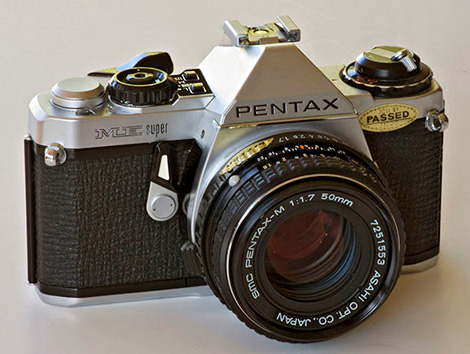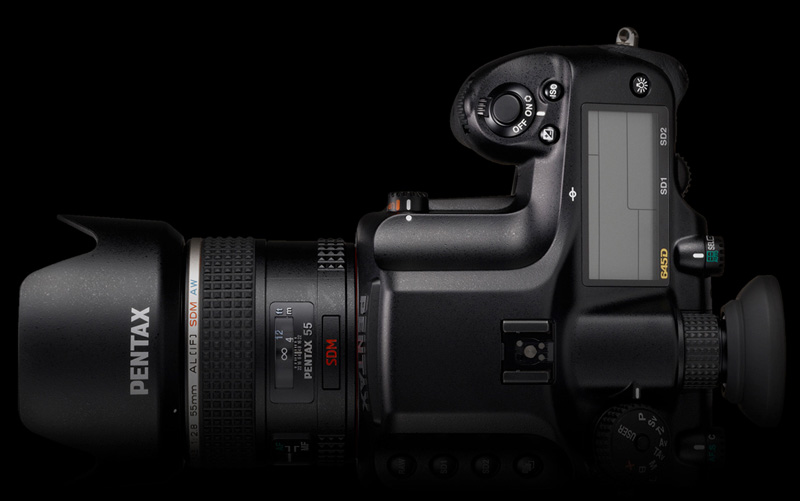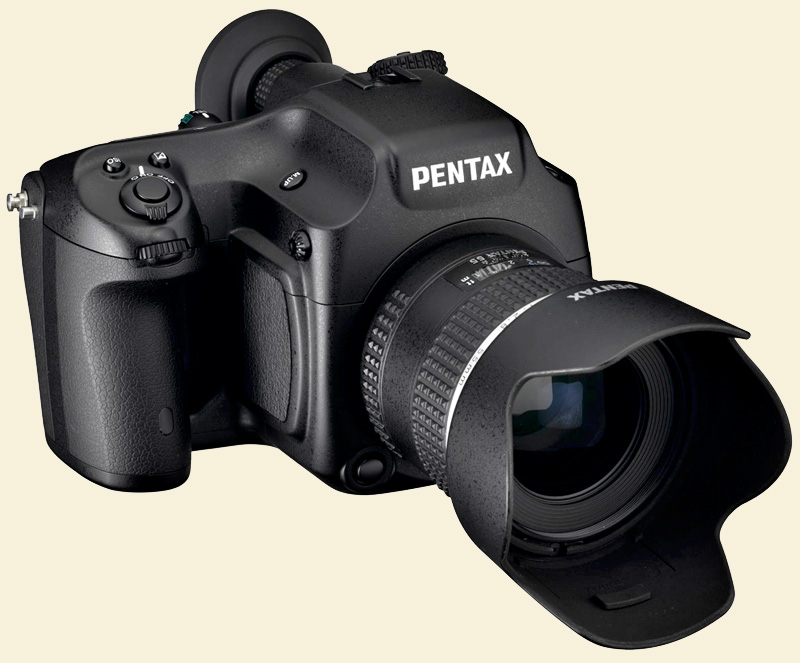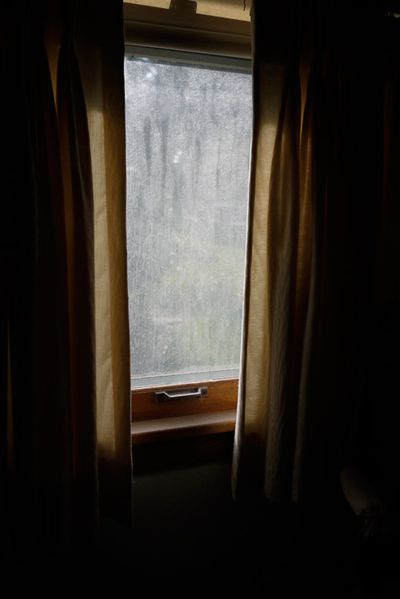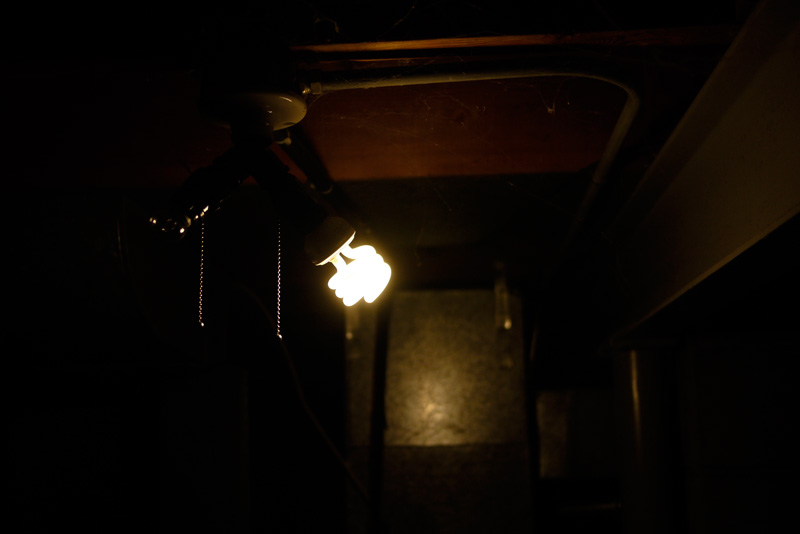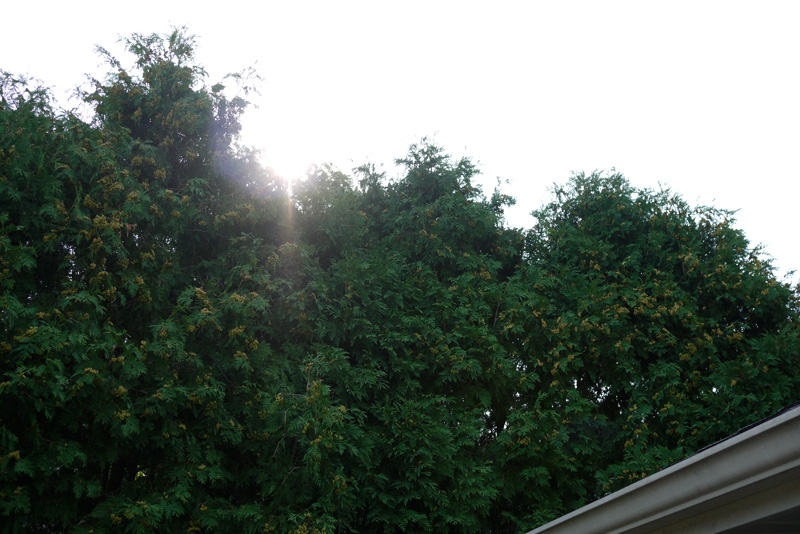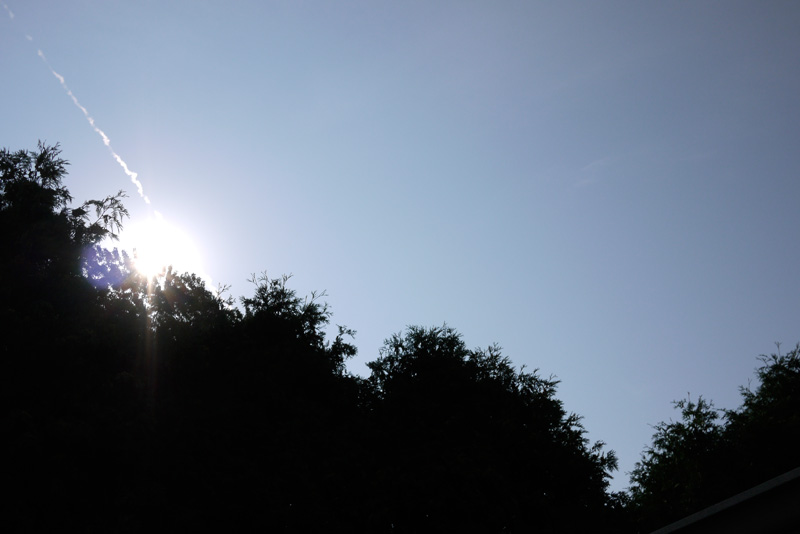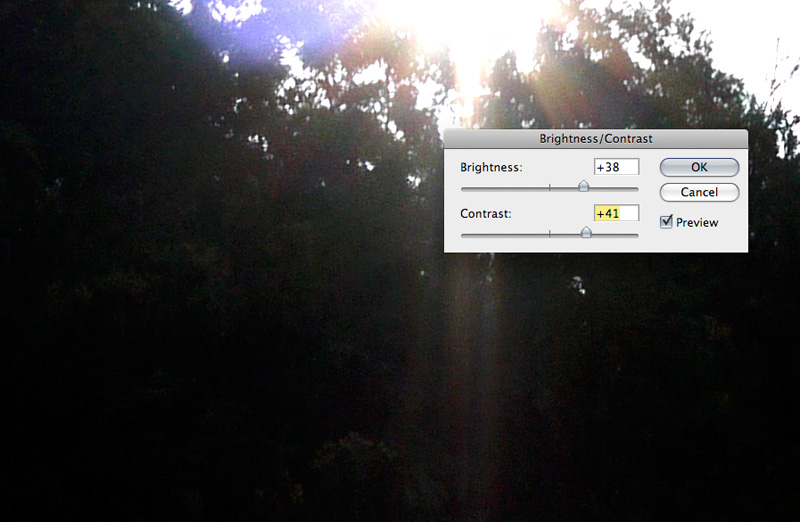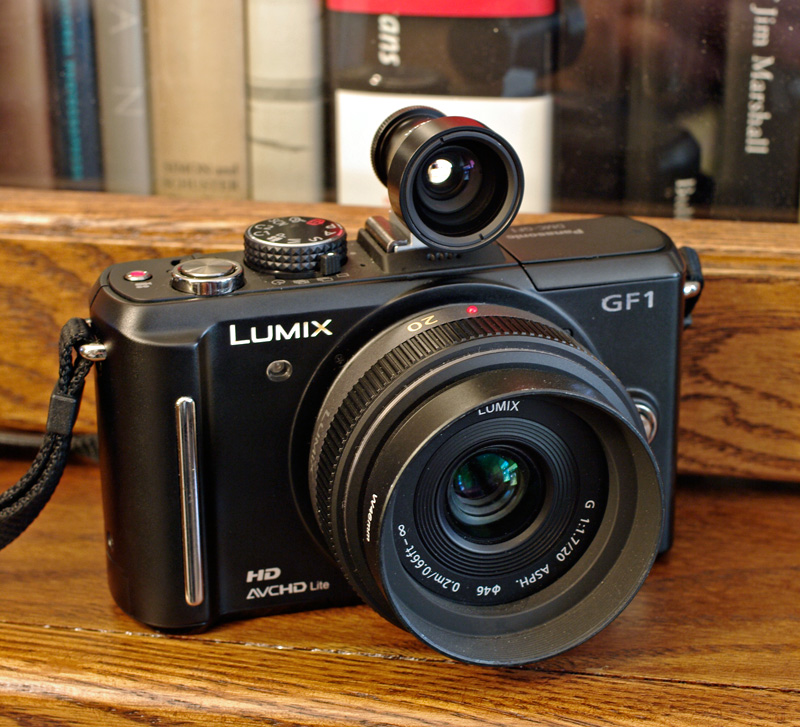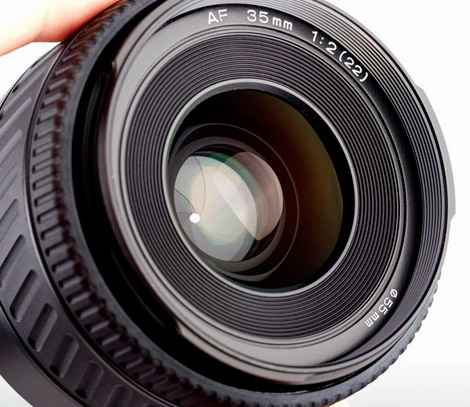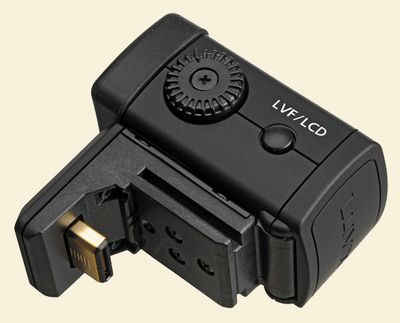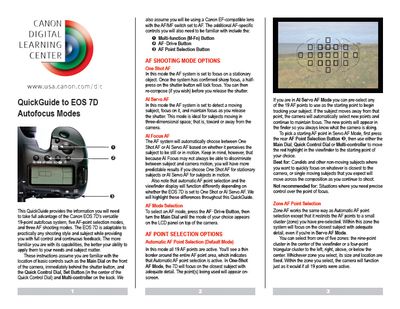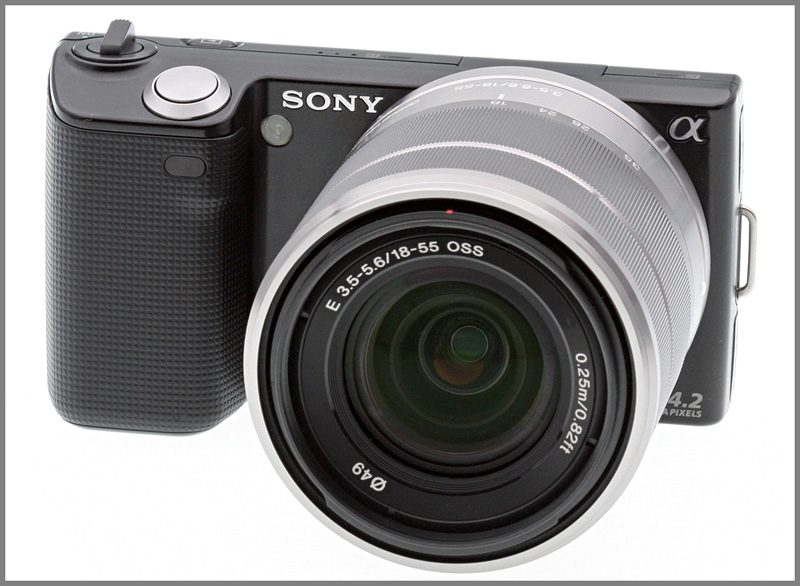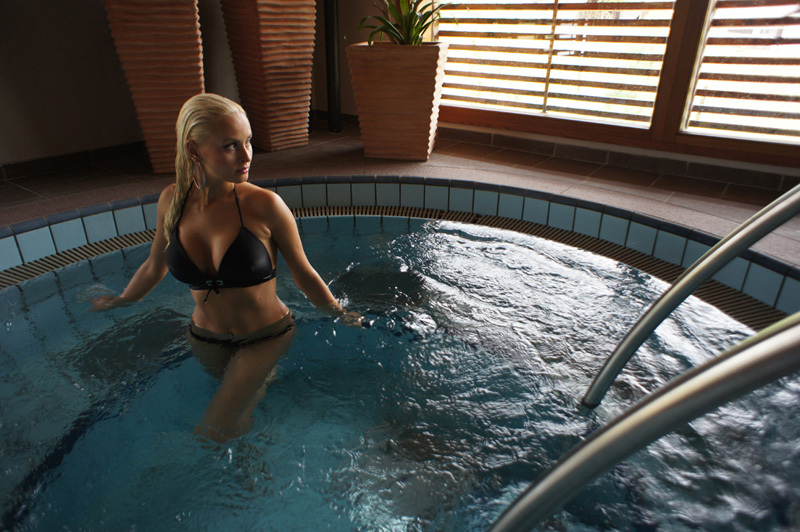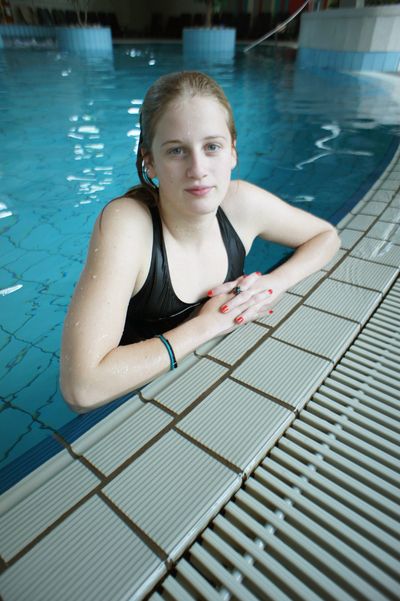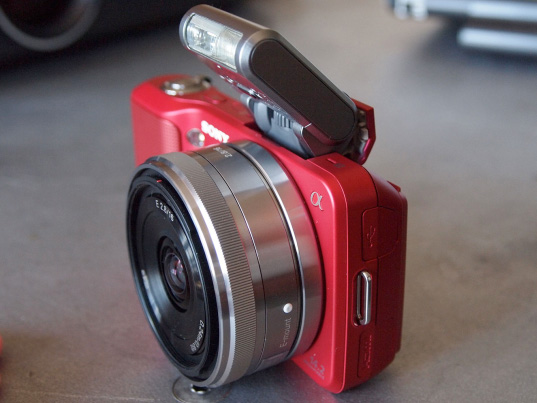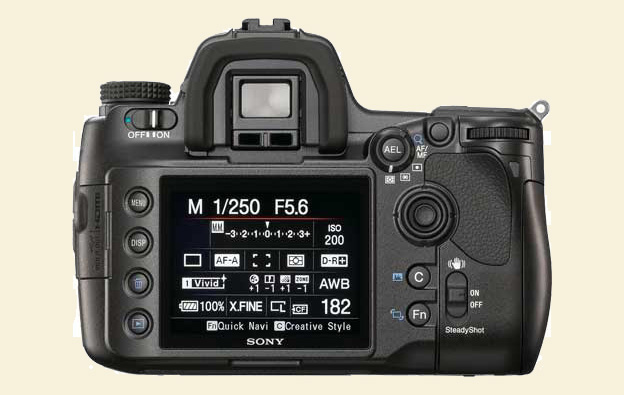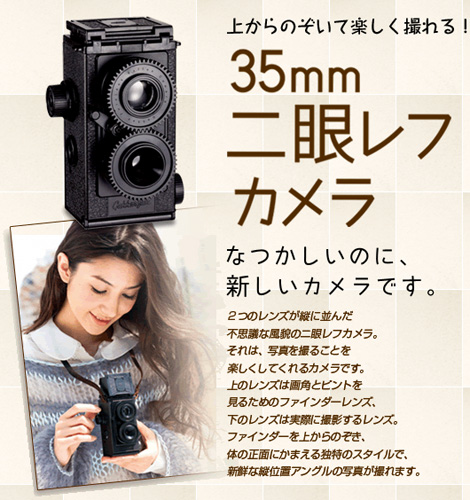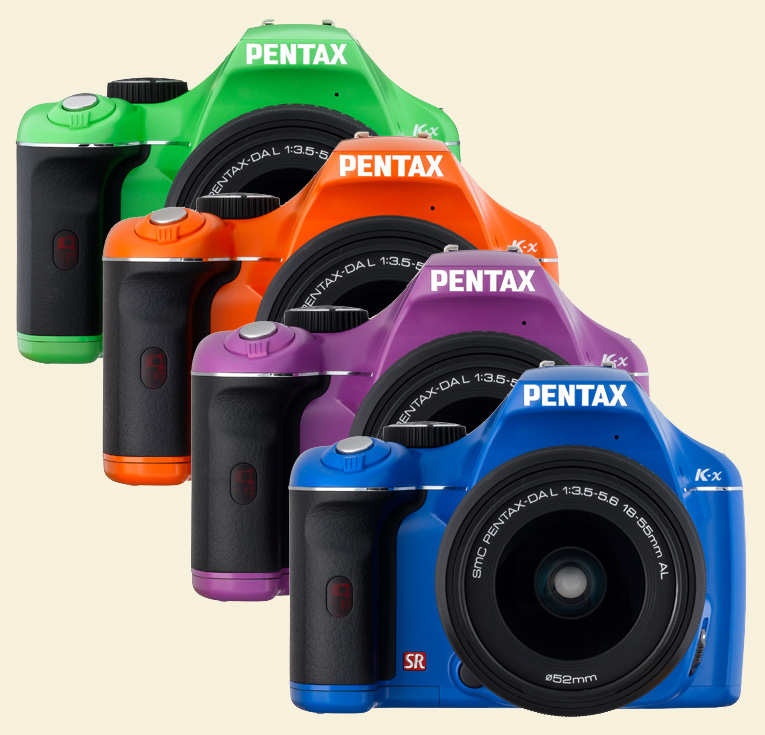When I put up that quote from Michael Reichmann yesterday, a number of people used it as a touching-off point for the familiar old disputation between old film cameras and new digital ones. "Semilog," for example, wrote a characteristically eloquent comment that I enjoyed, and that you should read.
...Except that it's really not a film vs. digital thing at all. Don't get me wrong; it's a good debate, and people had interesting things to say. It's just that there were "molded polycarbonate containers for electronic components" in the film era (I hated the Canon A2*, for example, before anything pixel-related was a gleam in my eye, and I recall loathing a certain hyper-gadgety Minolta a decade earlier than that—and that's just to name two), and there are at least a few digital cameras that have simplicity and grace.
I had lunch with a local photographer and TOP reader named Jack Macdonough the other day (who makes a good income selling prints, but that's a topic for another post), and as we were leaving he fished around in his camera bag and brought out the new Leica S2, the first one I've ever seen in the wild.
What an utterly beautiful device. It is truly what Ettore Bugatti called "le pur sang"—a thoroughbred. And you know why? It is beautifully, elegantly simple. It's just breathtaking in that regard. All business. Simple, straightforward, direct. Everything about it is concertedly directed at getting the picture. Not all pictures, even, but the kind of pictures it's the correct camera for. Ergonomic shape—big, beautiful, uncluttered viewfinder—quick, quiet, efficient autofocus—great shutter feel. Few buttons, zero gimmicks—no bells, whistles, flashing lights—or, at least, none that wet-fished me in the face when I picked the thing up and held it to my eye.

Here's Jack taken with his S2. I apologize for the woeful snapshot—I was really only listening to the shutter (nice and quiet). This doesn't even rise to the status of a test shot. I clicked the shutter twice. Next time I see him I'll ask him if I can borrow the S2, use up about eight minutes of his life, and make a portrait of him his wife might like.
If you know me, you know I've always been brutally honest about my opinions about
Leica products. I'm no gushy, squishy Leica fanboy, never have been. And I only had Jack's S2 in my hands for ninety seconds—we were in the parking lot about to get into our cars, and talking about other things.
But I was mighty impressed all the same. The S2 struck me forcefully as a supremely confident camera design. Who but Leica, conceiving its flagship camera, could so resolutely eschew gee-whizzery? Sony earns a passing mention here for the straightforwardness of the A900/A850, but that's only relatively—relative to the competition. The S2 is is another league in this regard. No other camera maker would have—no other camera maker could have—the utter confidence to make a camera that does the important things well and just says no to all the rest to the same extent the S2 does.
I'll never own an S2. I'm not in the demographic. But if I want a Leica to daydream about, I know which one it will be. The S2 embodies the simplicity, directness, competence and responsiveness I've been advocating in all types of cameras for years. And it's the hardest thing in the whole world of cameras to pull off. The. Hardest. Thing.
Be not confused
But getting back to the original point about Michael R.'s quotation: there's simply nothing at all inherent in "film camera" that means the camera has to be a pleasing device—the number of flat-out dog cameras from the film era was legion. And there's nothing at all that says a camera can't give you all "the satisfaction of owning and using a high quality mechanical and
optical device" just because it's digital. It's just not a film vs. digital issue at all, this time. Not at all.
Mike
(Thanks to Jack)
*The first camera I ever encountered that creaked when I squeezed it. Ugh.
Send this post to a friend
Note: Links in this post may be to our affiliates; sales through affiliate links may benefit this site. More...
Original contents copyright 2010 by Michael C. Johnston and/or the bylined author. All Rights Reserved.
Featured Comment by Pak-Ming Wan: "I've read the this and the previous post and have a couple of comments about materials and the Canon A2 in particular (I owned one!).
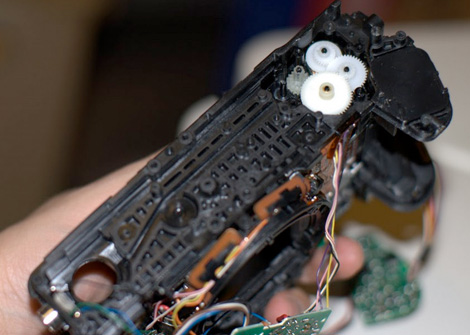
"I was working in the mechanical engineering department of a university in IT support whilst I was a student, and I commented to a professor that the hinge on his laptop screen was getting loose and probably was just a cost-cutting undersight. His response was: 'It was probably designed that way as something that gives a little is probably going to last longer than a body that is rigid—at least for a system under dynamic load. But yes, it does look a little disturbing!' (If you notice, the only part of the unibody MacBook Pro line that is plastic is the hinge. And on my MacBook Pro, it's cracked a little: but better this than say the main board or screen itself.)
"For the A2 you were talking about, I owned the rest-of-world equivalent, the EOS 5, and when the command dial died, I decided to perform a strip down of it: Here's visual confirmation of what you say.
"The failing part which caused me to stop using this camera? A 5¢ spring in the command dial.
"I'd say however, like a chef chooses his knives, the main thing I look for now is heft. I can't stand a camera that is too heavy, but I do want a camera to feel considerable for it's size in my hand. And I want to know that when I accidentally drop it or hit it—it will survive. All of this I think just adds up to giving you the confidence that if you ever need an excuse when you take a bad photograph, it isn't going to be the machine, but the idiot looking through it."
Featured Comment by Zalman Stern: "(Disclaimer: I work for Adobe.)
"The S2 produces DNG format for its raw files, as do the M-series digitals and the X1. Thus the camera is usable with a very wide variety of raw conversion software, including all Adobe products, Phase One's Capture One, Apple's Aperture, Silkypix, etc. DNG publicly documented descriptive camera profiling information, including extended color profiles, lens correction profiles, and the generalized opcode mechanism. Adobe and Leica work together to produce high quality profiles for Leica cameras. Over time, the profiles are improved and extended and new profiles developed in the future can be used with existing cameras and previously taken photographs.
"(Adobe also provides free tools for photographers or dedicated professionals to create their own color profiles and lens profiles. And since the formats are open and well documented, there is a third party market for tools to create this information.)
"Jeff Grant wrote, 'No dedicated software to get the best out of the image.' Leica includes Lightroom, which many photographers consider to produce best in class image quality with the most productive workflow available. However if you prefer something else, there are many alternatives because Leica has chosen a very open approach to the file format. 'The best' from a digital file is open to interpretation, but it is still a moving target as conversion technology improves. One of the advantages of Leica's approach is it will have great access to future improvements as well.
"I've never understood why some photographers go out of their way to support and defend vendor lock-in on software and file formats. This approach was never lauded in the film world. The DIY beginnings of chemical photography, the vast infrastructure required, a penchant for alternative processes and approaches, the physical nature of the discipline, etc. resulted in a very open field where products from different companies were routinely mixed and matched to produce an end result. (Obviously the bulk of film was developed and printed using mass market techniques. But even there, the companies doing the backend work requested a degree of openness from their suppliers that is rare in proprietary digital formats.)
"Today as chemical-based photography is moving to a much smaller market, the ability of small companies and dedicated enthusiasts to make required components is vital. Part of that ability is because the discipline was well documented and open in certain ways.
"Leica has chosen to store images from their M, S, and X series cameras in a publicly documented, widely supported file format. This is truly in the best interest of photographers and a great feature of the products."
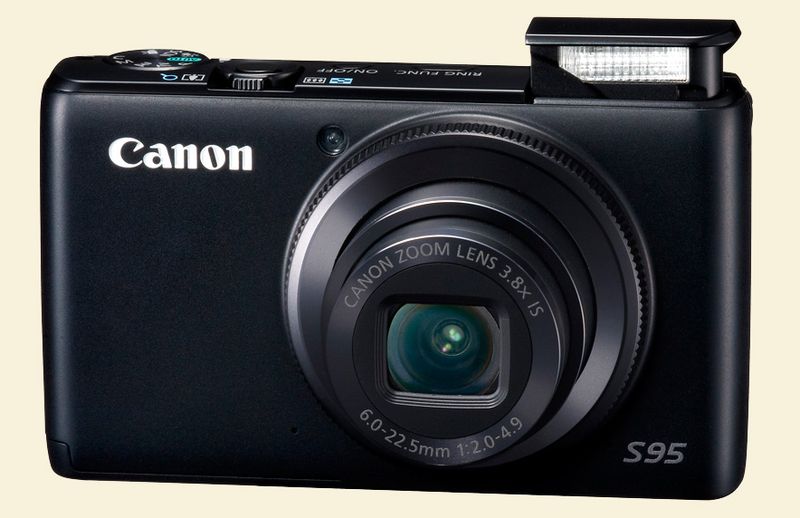
, according to Canon, "...has been
enhanced with 720p HD video capability and in-camera HDR scene mode. For
macro-photography enthusiasts, Canon has built its Hybrid IS technology
into the PowerShot S95 camera to compensate for angular and shift
camera shake, making it the first PowerShot model to feature Hybrid IS
technology." It has a wide and fast lens and retains its predecessor's distinctive (and pleasing) lens-ring control, to which various functions can be assigned.
. I'm sure B&H will have it in a few days. Price, $400. It's a good thing I don't have a spare $400 in my pocket, because I'd be sorely tempted to convert it to one of these.
will be more usable. 24–90mm-e ƒ/2 Leica lens, four selectable formats with all the rest the Canon offers. Only its MSRP scares me."
